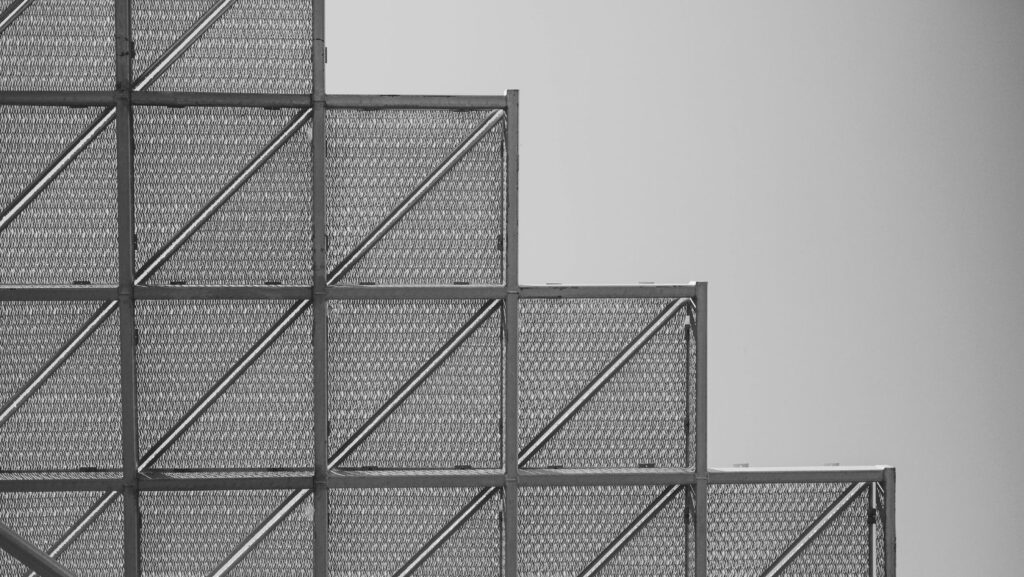While manufacturing continues to be a critical driver of success for both industrialised and developing nations, it holds a particularly decisive role in the wealth of a company by enabling the creation of high-quality, durable products, which boosts customer satisfaction and builds brand reputation. Contemporary manufacturing processes count on sophisticated technologies to oversee and ensure productivity as well as quality standards. Structural foam moulding, for instance, employs precise control of gas injection, pressure, and temperature to produce large, thick-walled parts in a single step, which is more cost-effective as it reduces assembly needs and cycle times.
The manufacturing industry holds some of the world’s best-kept secrets, tacitly driving innovation behind the scenes by zeroing in on the efficiency, quality, and capabilities of the process itself rather than just the final product. These “secrets” are trade secrets and proprietary methods. Structural foam moulding is one of the most valuable assets in production because it offers unique advantages that traditional high-pressure injection moulding fails to deliver in terms of efficiency or cost-effectiveness. The structural foam market is a global industry valued at tens of billions of dollars, primarily dominated by building and construction, whereas the automotive and transportation industry holds the second-largest share.
An Introduction To Structural Foam Moulding
Structural foam is obtained by using low-pressure injection moulding, which, as the name clearly suggests, operates at lower pressure and incorporates a foaming agent blended with the resin to help the fill and pack-out of the tool. As the foaming agent expands within the resin, it forms dense exterior walls and a cellular or honeycomb-like interior, which contribute to the decreased part weight. The reduction of internal shrinkage, commonly known as “sink,” produces parts with greater dimensional uniformity and improved aesthetics. Low pressure structural foam moulding creates solid outer walls that make the material stronger and more rigid.
Structural foam moulding is similar to conventional injection moulding, barring the fact that the foaming agent is combined with the polymer melt and injected into the mould at a volume below that needed to mould a solid part. Almost all thermoplastics can be used for structural foam moulding. Examples include but aren’t limited to impact polystyrene, high-density polyethylene, polypropylene, and engineering resins, whose moulded parts have the same basic properties as the base resin. Material selection can be a guessing game because determining the appropriate choice involves synthesizing information from a wide array of incomplete sources.
Structural Foam Moulding Offers A Range Of Advantages
The main advantages of structural foam moulding include cost-effectiveness, enhanced physical properties, and design and production flexibility. Let’s examine each of these individually.
Achieving The Desired Results While Minimizing Costs
Structural foam moulding offers a more economical way of generating functional products, such as plastic pallets and crates, automotive body panels, medical equipment housings, and decorative trims, to name but a few. Low pressure favours the use of more inexpensive, lighter materials like aluminium for tooling, though their suitability depends on production volume, part size, and durability requirements. The lower pressure also uses less energy. Structural foam moulding accommodates greater flexibility in resin selection, so designers should choose the family of material that will give them the properties they need. Acrylonitrile butadiene styrene (ABS) has good impact strength and toughness, as well as mechanical and electrical properties.
Improved Mechanical Characteristics
Structural foam moulding can yield plastic parts that are above the average in size with smaller presses and less residual stress because the blowing agent, whether nitrogen gas or another chemical, creates bubbles that decrease the required moulding pressure. In other words, the resulting parts are markedly lighter than solid plastic parts, yet still are very strong and rigid. The actual pressure to which the material is subjected is conditioned not only by machine settings, but also by the viscosity of the thermoplastic and the geometry of the cavity. Although a complicated matter, it’s possible to minimise the risk of warping and shrinkage.
Adaptability In Design And Manufacturing
Structural foam moulding facilitates intricate designs due to the honeycomb structure of the foam, which demonstrates superior performance in the manufacturing process. Elements formed through this technique exhibit increased stiffness-to-weight and strength-to-weight ratios, resulting in components that are both lightweight and structurally robust, making them suitable for large, load-bearing applications. With the right design, engineering expertise, and material choices, the weight of a part can be lowered by as much as 20%. As reported by subject-matter expert HSV TMP (https://www.hsv-tmp.com/), if maintained properly, the moulds are capable of supporting runs of more than 100,000 units.
Sectors Capitalizing On Structural Foam Moulding
Structural foam moulding is widely used in the automotive, business equipment, medical, and consumer goods industries. In the automotive sector, the process reduces part weight (about 5% to 20%) while maintaining its mechanical properties, which is the target for every designer. Instrument panels, exterior lids, and glove box doors are made of a structural foam. In another major application field, business equipment, structural foam moulding is used to create enclosures for copiers, computers, and other devices. Typical products made with structural foam moulding also include chassis components, such as internal structural frames that need strength without excessive weight.

As medical environments adopt more advanced equipment and machinery, there is a growing need for practical solutions to support, enclose, and organize these systems. Structural foam components provide an effective answer. It’s favoured in the medical industry due to its ability to yield display housings, medical storage, equipment covers, trays, and patient handles, among other things. Finally, yet importantly, structural foam moulding allows for high-quality mass production of consumer goods like animal houses, decorative arbours, laundry bins, mail boxes, etc. Identify skilled people who can contribute to the project, including vendors who can support the process.
Concluding Remarks
Structural foam moulding is sometimes described as a miracle process due to its exceptional ability to homogenise strength, lightness, and cost efficiency, but it’s not a miracle in the literal sense. If you’re thinking about shifting away from wood, metal, concrete, fiberglass, or other traditional materials, structural foam moulding could be exactly the method you’re looking for.


